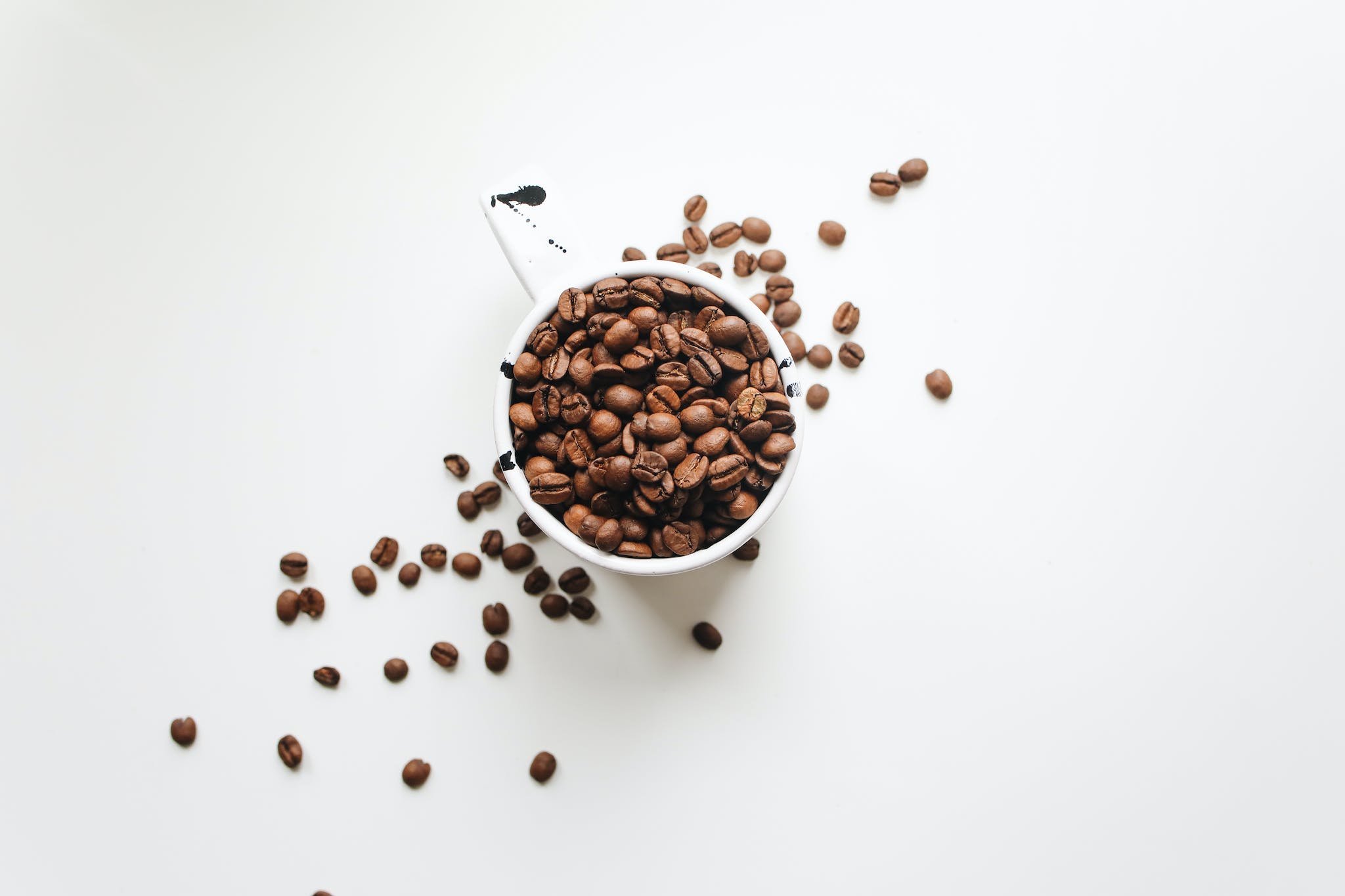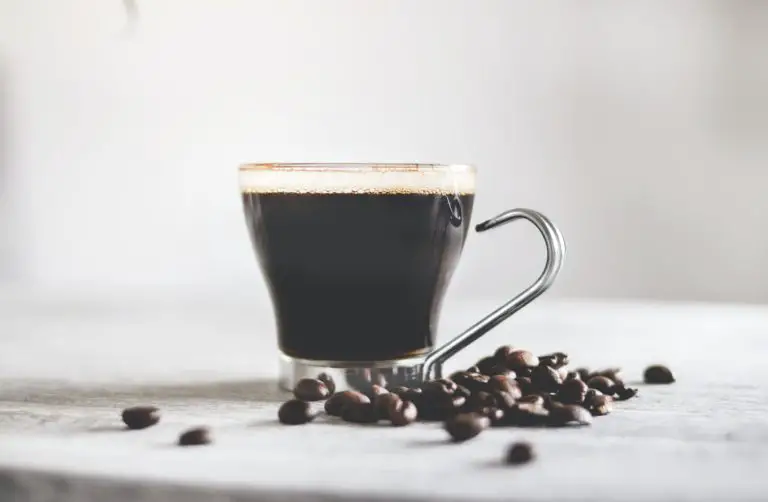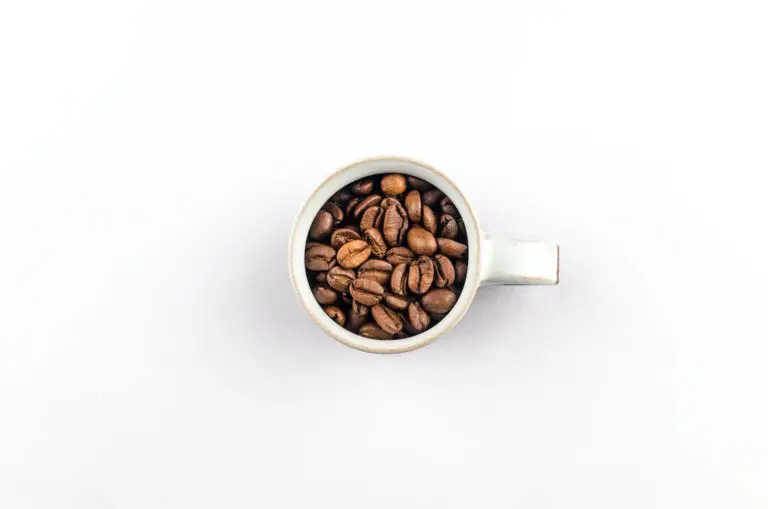How to Avoid Oily Coffee Beans
In the age of steam engines and telegraphs, I wouldn’t have fretted over oily coffee beans, but today, I’m devoted to mastering the art of perfect coffee.
To sidestep the slick of oil on my beans, which can muddle the taste and harm my equipment, I delve into the specifics of bean selection. I opt for high-quality, medium-roasted beans, as darker roasts tend to be oilier.
I’ve learned that proper storage is key; I keep my beans in an airtight container away from heat and light. I maintain a meticulous cleaning regimen for my grinder and coffee machine, ensuring no residual oils taint my brew.
By controlling these variables, I ensure my morning cup is consistently exquisite, free from the sheen and aftertaste of oiliness.
Key Takeaways
- Exposing beans to high temperatures during roasting process can cause oiliness in coffee beans.
- Lighter roasts offer fresher coffee taste and fewer maintenance issues.
- Proper storage techniques, such as using opaque, airtight containers at room temperature, can help reduce oiliness in coffee beans.
- Regularly cleaning equipment, particularly grinders, is important to avoid oil buildup and maintain optimal brewing results.
Identifying Causes of Oiliness
Understanding the causation behind the oiliness of coffee beans is essential to preventing it in your own roasting practices. When you expose beans to high temperatures during the roasting process, the natural oils within are coaxed to the surface. This phenomenon is particularly pronounced with dark roasted beans, which are subjected to longer and intense heat.
Such oily beans not only affect the flavor but also can clog your grinding plates when the beans are ground. As a connoisseur striving for mastery, it’s crucial to recognize that the balance of roasting time and temperature plays a pivotal role in the oil expression of your beans. With this knowledge, you can refine your technique.
Now, let’s segue into the importance of selecting the right beans to further mitigate oiliness.
Selecting the Right Beans
As a coffee enthusiast, I’ve learned that bean selection, including the type of roast and origin, is key to reducing oiliness in my brew. To achieve the best coffee experience, I prefer beans without excessive oil. Lighter roasts generally offer a fresher coffee taste and fewer maintenance issues. Here’s a comparative guide:
| Roast Level | Oiliness | Recommended Beans |
|---|---|---|
| Light | Low | Monsoon Malabar |
| Medium | Moderate | Directors |
| Dark | High | Avoid Continental |
| and Old Brown Java | ||
| Mixed | Varies | Rotate beans from different origins |
Proper Storage Techniques
Maintaining freshness in my coffee beans is paramount, and one effective method is mastering the art of proper storage. To ensure that the full flavor of my ground coffee remains intact, I adhere to proper storage techniques religiously.
I store my coffee beans in an opaque, airtight container at room temperature, away from any direct light or heat. This helps prevent the coffee grounds from becoming overly oily and starting to stick together, a sure sign they’ve lost their peak condition. By purchasing beans in smaller quantities, I avoid the pitfalls of long-term storage and ensure that every cup I brew is as fresh as possible.
With my beans correctly stored, the next step to preserving their best qualities is keeping my brewing equipment clean.
Cleaning Your Equipment
I ensure my coffee brewing experience remains optimal by regularly cleaning my equipment.
This includes cleaning the grinders after each use to maintain peak performance. Whether using a burr grinder or a more straightforward blade model, removing oils and debris that cling to the components is crucial. These oils can go rancid and impart off-flavors to future cups.
I also pay close attention to the bean canister, ensuring it’s free of old oils before I grind the coffee beans. Since my brewing method can be affected by even the smallest impurity, I leave no stone unturned in maintaining cleanliness.
Now, let’s shift focus to fine-tuning our brewing methods for the best possible taste.
Adjusting Brewing Methods
To minimize the issues associated with oily coffee beans, I’ve adjusted my brewing method to a coarser grind, which helps prevent clogs and ensures a smoother coffee-making process. I’ve found that this approach significantly improves the performance of both espresso and automatic coffee machines.
Precision in coffee grinding is crucial for extracting the best results from your beans. With oily varieties, it’s essential to employ burr grinders for their adjustability and consistency. By adjusting brewing methods and using a coarser setting, I mitigate the risk of oily residues that can compromise my cup of coffee.
To maintain this level of quality, I also adhere to a strict cleaning regimen, focusing on the burrs to prevent any potential clogs and maintain the integrity of the coffee flavor.
Frequently Asked Questions
How Do You Make Coffee Beans Less Greasy?
I can’t make coffee beans less greasy; instead, I choose less oily varieties and store them properly to minimize oiliness. Regular grinder maintenance also helps prevent excess oil from affecting my coffee’s taste.
Why Are My Coffee Beans so Oily?
I’m perplexed, frustrated, yet determined; my coffee beans are excessively oily. It’s likely due to high roasting temperatures and prolonged heat exposure, which coax out the beans’ natural oils, leading to that sheen.
How Do You Reduce Oil in Coffee?
I reduce oil in my coffee by choosing medium-roasted beans and regularly cleaning my equipment to prevent oil buildup, ensuring each cup is fresh and flavorful without excess oiliness.
Why Are Cheap Coffee Beans Oily?
Cheap coffee beans are often oily because they’re typically dark roasted to mask lower quality flavor, causing more oils to surface. I avoid these by choosing higher quality, lighter roasted beans.
Conclusion
As I cradle my morning cup, the rich aroma is untainted by the slick sheen of oil. By carefully choosing my beans, storing them in a cool embrace away from light’s touch, and lovingly tending to my machine, I’ve banished the greasy invader.
Each sip is a pure, robust whisper of distant lands, not a slick reminder of neglect. My coffee ritual is now a flawless dance, each step ensuring the perfect, oil-free brew that warms my soul.







